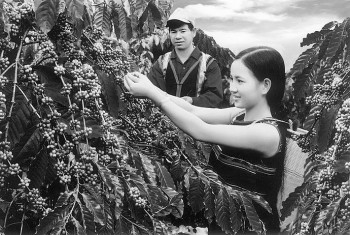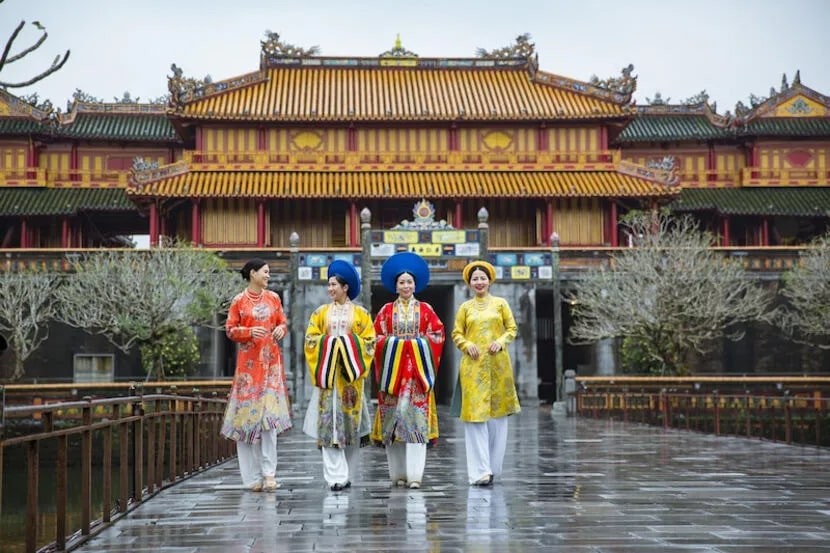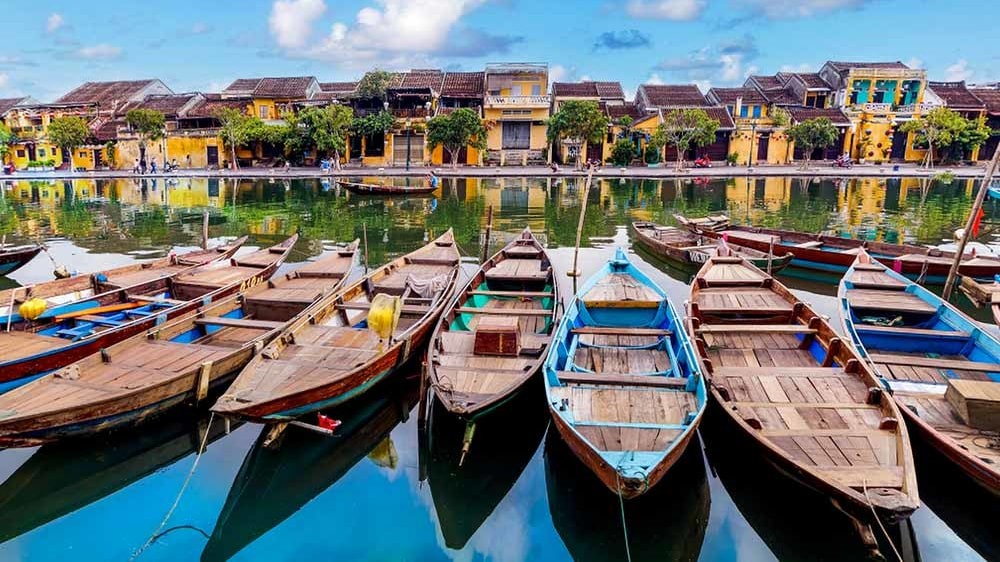Top 10 Largest Tea Producing Countries in The World
| Top 10 Largest Coffee Producing Countries Worldwide Pre-Pandemic | |
| Vietnam's Top 10 Destinations for Photography | |
| Top 10 Hollywood's Highest-Paid Actors of 2021 |
Nowadays tea is one of the highly used product in beverages.Most of the people in all the country have tea in the morning than coffee. The reason for the popularity of the tea is many countries are involved in its production.Lets have a look at which are those top ten countries which are rich in tea production. Below is the list of top 10 largest tea producing countries in the world.
10. Argentina
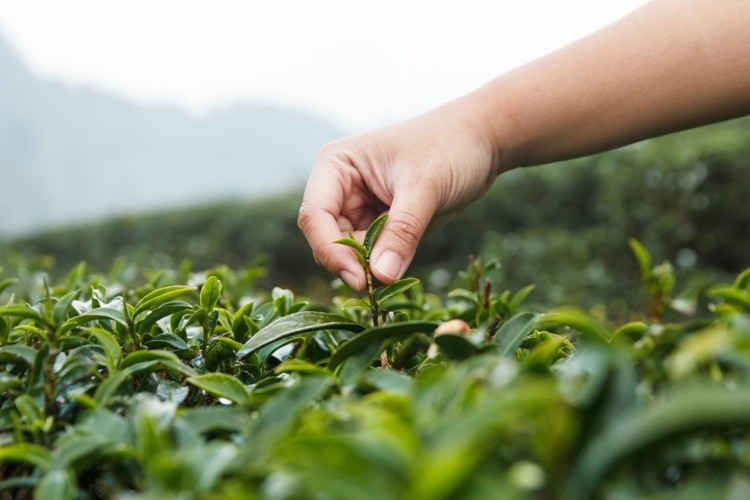 |
| Photo: Getty Images |
Argentina is a country in South America. Argentina spans a large latitude, and its climate ranges from subpolar in the south to subtropical in the north. Its climate also varies according to its topography; in general the west of the country is bordered by mountains, and the east is flatter.
Although only a relatively small portion of Argentina is suitable for growing tea, Argentina is nevertheless one of the most important producers of tea worldwide. In 2008, the country was the 9th largest producer, although its
The tea is mostly grown in the northeastern part of the country, in Misiones and Corrientes; these areas have a warm subtropical climate with high rainfall, ideal for growing tea. The bordering Formosa province; in a strange connection, also grows tea. Formosa is very close to the geographic antipode of Taiwan (on opposite sides of the globe), which is also referred to as "Formosa" in the tea world.
9. Islamic Republic of Iran
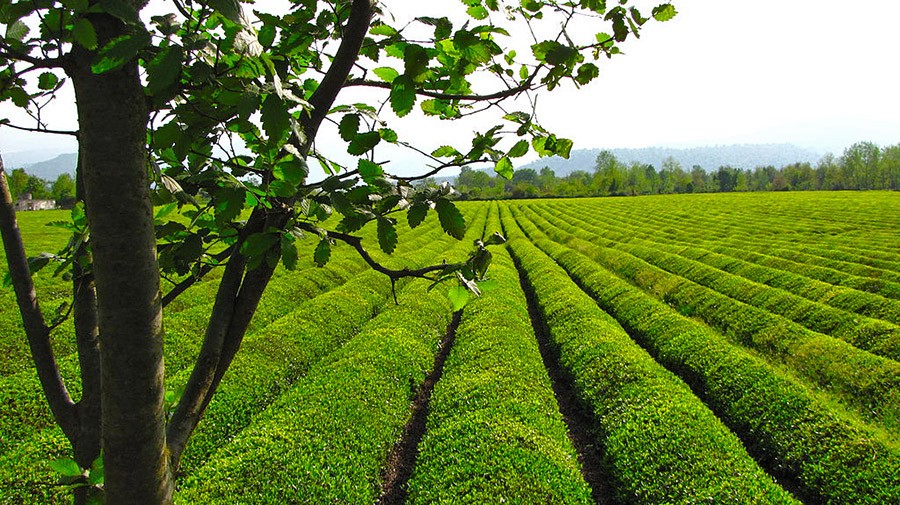 |
| Photo: TasteIran |
Heading across the Indian Ocean we find ourselves in the Middle East, in the unlikely tea producing country of Iran and the Caspian sea region of Gilan, which produces just under 84,000 tonnes of tea.
Tea first appeared as a drink in that region in the 15th century, due to the trade along the famous Silk Road and it quickly became popular. However, the crop wasn’t grown in the country until 1899 when Prince Mohammad Mirza smuggled tea bushes from India into the city of Lahijan and began cultivating the crop, with the first modern tea factory being established in 1934.
8. Japan
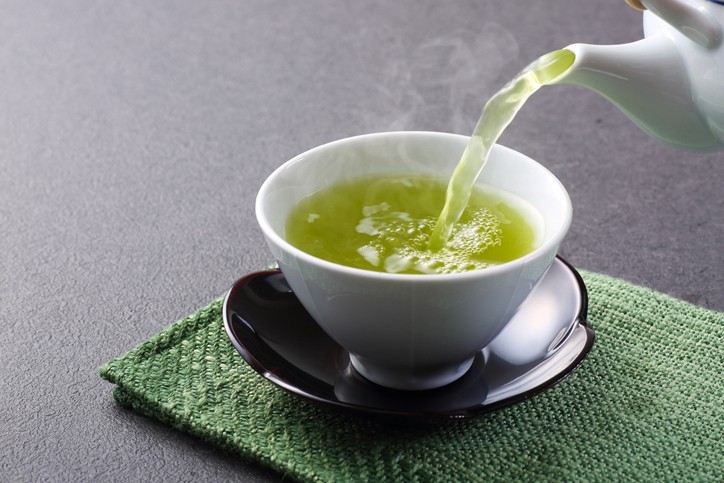 |
| Photo: Getty Images |
Japan is the 8th largest tea producing country and is known to grow tea in the southwest of Japan.
The two largest regions of tea production are Shizuoka and Kagoshima. The Kyoto region is famous for its long history of the start of Japanese tea. Yet, there are many unique green teas in the regions of Japan.
Shizuoka is the largest tea producing region in Japan. It’s tea plantations produces sencha for large commercial uses, and Fukamushi Sencha, which is deep steamed sencha that requires a longer time in the steaming process rather than normal for processing Japanese green tea.
There are many tea plantations in Shizuoka Prefecture, that offer varieties of tea that are not only for drinking, but that can also be eaten. One of the most famous of which is, Kawane. Located on the mountainside on the upper stream of Oi river, Kawane is famous for producing refined, deep-steamed Fukamushi Sencha.
Tea may have been introduced to the islands as early as the 6th century by Buddhist monks. The drink quickly became aligned with religious ceremonies with accounts of tea being served by the Emperor Shōmu to 100 monks. Tea seeds are thought to have first arrived in Japan in 805 and 806, with the burgeoning tea industry catching the attention of the 52nd Emperor, Saga, during his reign between 809 and 823. Further seeds were imported, tea cultivation began and the rest as they say is history.
Today Japan’s most popular tea exports are Green Sencha and Green Matcha however most of what is produced is Japan is actually consumed domestically.
7. Vietnam
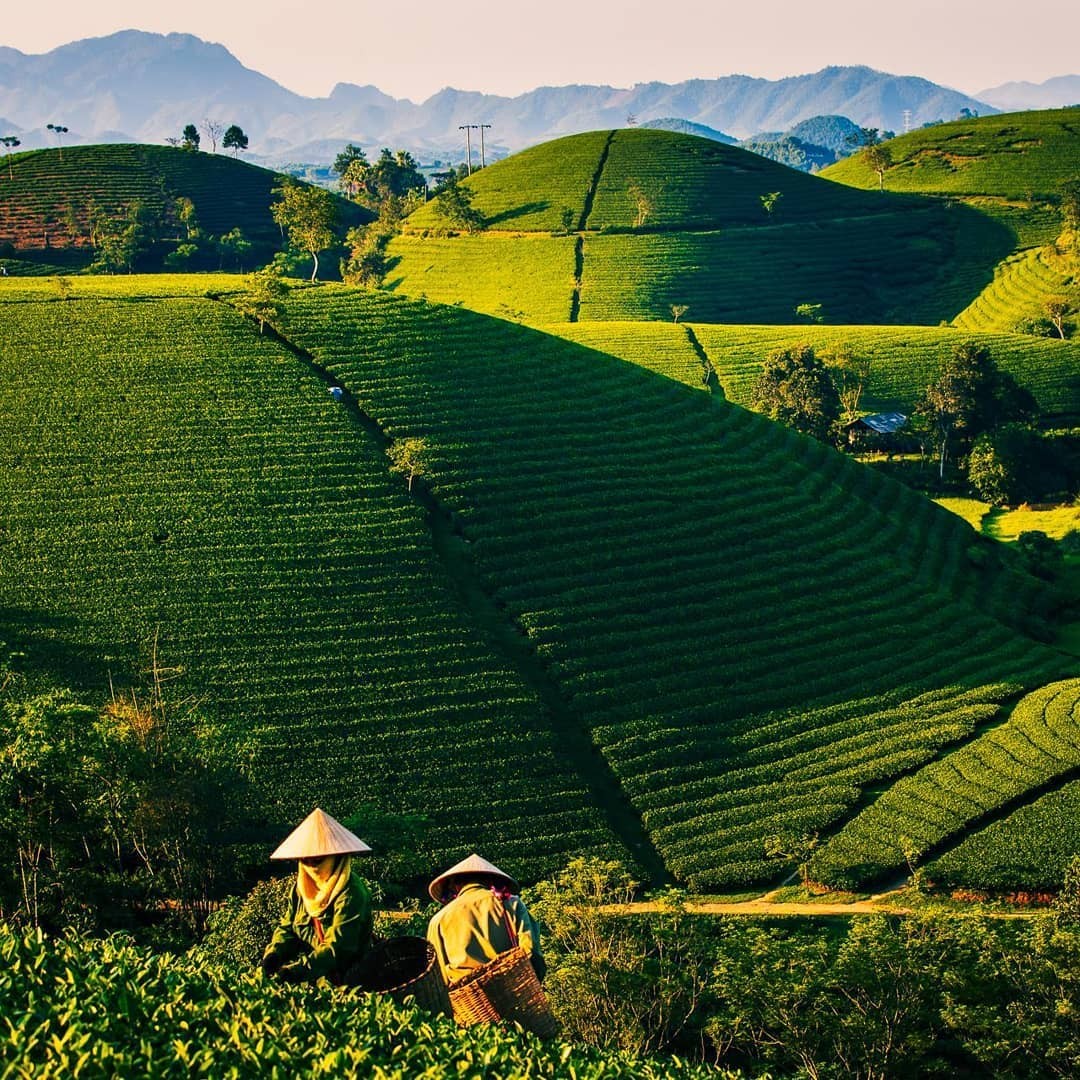 |
| photo: @homestaytonyluan |
Heading across Asia we find Vietnam, where the French introduced the crop to them during their period of colonial rule. Vietnam produces in the region of 117,000 tonnes of tea per year.
The Yen Bai province in North Vietnam cultivates a wide variety of tea leaves including green, black, and white, as well as some speciality teas flavoured with flowers including lotus tea.
Although there are a few historical Vietnamese texts referring to tea cultivation in different parts of Vietnam during the 18th Century there was no coordinated attempt to create a significant domestic tea industry until the French occupation when, in 1890, the first tea gardens were established at Tinh Cuong, Phu Tho province in the north and Duc Pho, Quang Nam province in the south. In the early part of 20th Century, in an effort to promote development, research centres were established at Phu Tho, Pleiko in the central highlands, and Bao Loc in the western highlands.
The objectives of the tea research centres were to discover and develop hybrids and cultivars suitable for commercial farming in the different regions of Vietnam. Information is difficult to find as to where tea plants were originally sourced from for this research and may have included those already available in Vietnam as well as those brought in from China or Indonesia (where a thriving tea export industry had already been established by the Dutch). From my observations, farmed tea is almost exclusively Camellia sinensis var. sinensis.
The industry developed rapidly in the early years of the 20th Century but was effectively destroyed by the decades of conflict that prevailed between 194o and the late 1970’s. The tea research centre at Phu Tho continues to operate although it now also has a responsibility for other produce grown in the north of Vietnam.
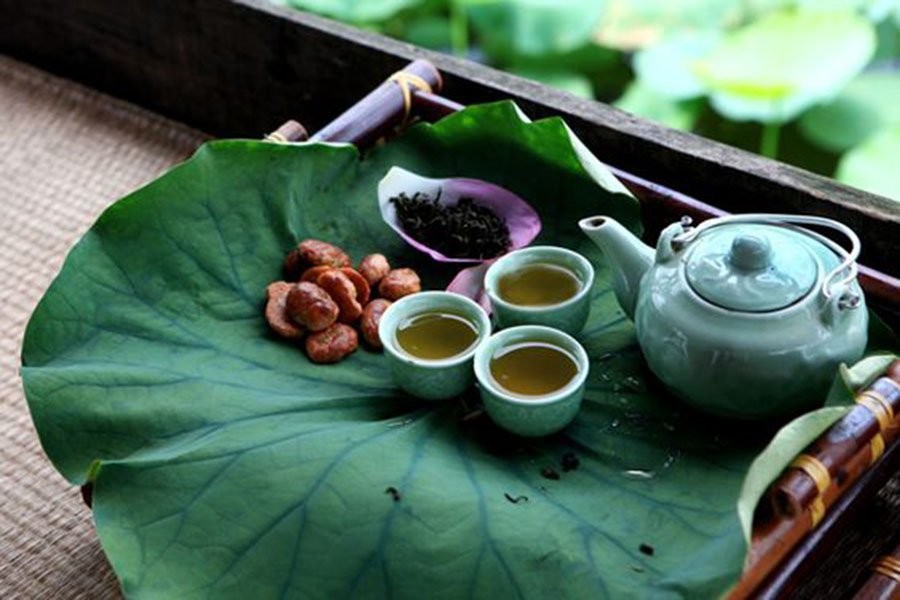 |
| Photo: VIHABA |
The most famous centre in Vietnam for tea is Thai Nguyen province which is located between Vietnam’s capital, Hanoi, and the mountains of the north. The signature tea of Thai Nguyen is the sweet but grassy green tea preferred (and brewed at extra strength) by Vietnamese tea drinkers.If there is such a creature as a typical Vietnamese tea drinker then they are looking for strong flavour and a long sweet aftertaste.
Common varieties of Vietnamese tea
The Vietnamese value tea for its simple purity and thus tend to prefer teas with light, delicate flavours. Small amounts of black, white and oolong tea are produced, but green tea is by far the most popular variety of tea in Vietnam and is usually enjoyed plain, without extra flavourings.
However, fresh, flower-scented teas are also popular in many areas. For instance, one Vietnamese speciality is lotus tea, which is traditionally prepared by sealing high-quality green tea leaves within a lotus flower and leaving them to absorb the fragrance overnight. Jasmine tea, aglaia tea and chrysanthemum tea are among the other flower varieties that can be found in certain regions of Vietnam.
Green tea must always be the first to be mentioned whenever one talks about Vietnamese tea. From the middle of the 20th century, green tea has been planted extensively throughout the North and the Middle of Vietnam, gradually becoming a symbol of Vietnamese’ everyday life, of the peaceful countryside regions.
Green tea is very amiable to Vietnam’ soil and climate, as it can be found widely in not only plain but also highland areas, sometimes right in the family backyard’s gardens. With the higher trunk and larger in size of leaves in comparison with other tea plants, green tea can be enjoyed fresh and there is no need to wilt or oxidize; people can enjoy it right after picking the leaves from the tree. Steeping and boiling the tea leaves in hot water, after fifteen minutes, your green tea is ready to be served.
6. Indonesia
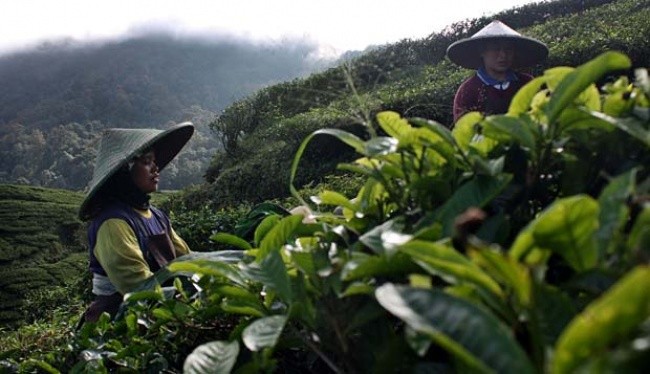 |
| Photo: Getty Images |
Heading offshore we head to Indonesia, which produces 157,000 tonnes of tea annually. The crop was introduced in the 1700’s by the Dutch East India Company during colonial rule, producing mostly black and green teas from Indian Assam varieties. The Indonesian climate allows these tea varieties to thrive.
It was in the 1600s when Dutch colonists introduced tea into the country of Indonesia for the replication of success of tea plantations in the country. Though the initial experimentation was with a plethora of Chinese tea varieties, it was discovered that Assam teas are more suited to the hot and humid tropical climate of Indonesia. The mountain islands of Sulawesi, Sumatra, and Java proved to be favorable for the cultivation of tea with cooler temperature.
By the latter part of the nineteenth century, the tea trade of Indonesia flourished on an extensive scale. In spite of experiencing disruptions and set back at the time of the Second World War, at present, the country is regarded as the sixth largest producer of tea across the globe.
5. Turkey
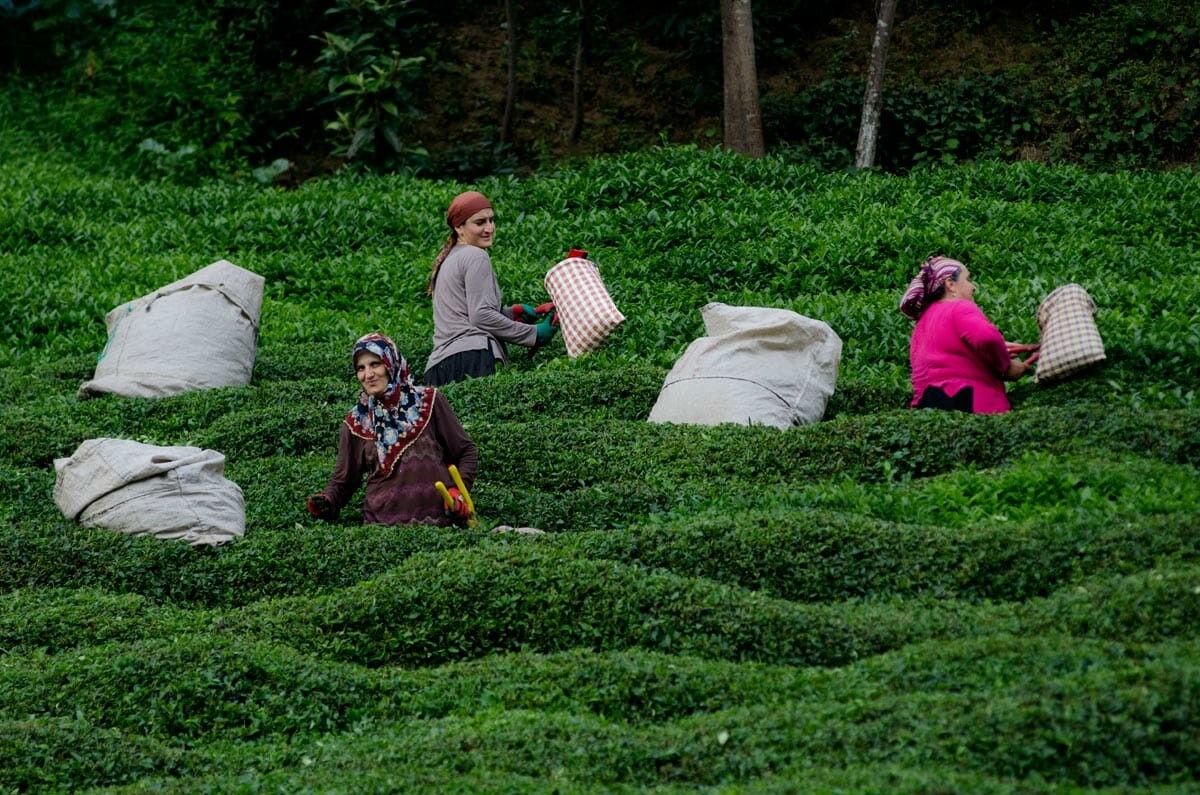 |
| Photo: Modern Farmer |
This time we find ourselves in the Middle East, specifically to Turkey, which historically sat squarely on the ancient trades routes between east and west. At number 5 on our list Turkey grows 175,000 tonnes of tea.
Turkey has, by far, the highest per person consumption in the world. Each individual drinks 3.5 kilo of black tea on average annually, and this number can only be challenged by Afghanistan with 2.4 kilo per capita consumption, a full 32% less.
Historically Turkey has always been among the top five producers in the world after China, India, Kenya, and Sri Lanka respectively.
Tea growing areas in Turkey are quite different to those in Africa and Asia.
Turkey's tea fields are located in the very north of the country.
The main growing area in Turkey is around Rize—a relatively small city by Turkish standards—with a population of 350,000 people, 200,000 of which have a direct economic relationship with the plant.
4. Sri Lanka
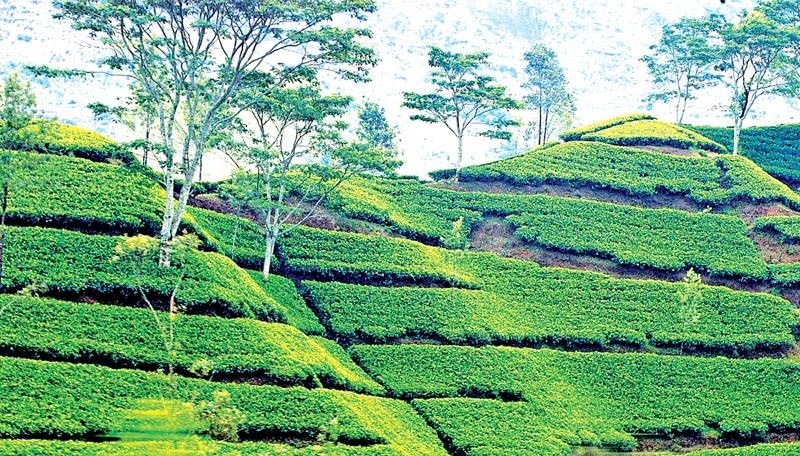 |
| Photo: Sunday Observer |
Heading back to Asia and to Sri Lanka, which produces just under 300,000 tonnes, around 17% of the world’s tea crop grown in the central mountains. Sought teas like Dimbula, Kenilworth and Uva are cultivated here such as Ceylon.
The British in a bid to compete with China‘s tea production introduced the crop in 1867 and ever since the country has produced some of the world’s finest single origin teas.
The humidity, cool temperatures, and rainfall of the country's central highlands provide a climate that favors the production of high-quality tea. On the other hand, tea produced in low-elevation areas such as Matara, Galle and Ratanapura districts with high rainfall and warm temperature has high level of astringent properties. The tea biomass production itself is higher in low-elevation areas. Such tea is popular in the Middle East. The industry was introduced to the country in 1867 by James Taylor, a British planter who arrived in 1852. Tea planting under smallholder conditions has become popular in the 1970s.
3. Kenya
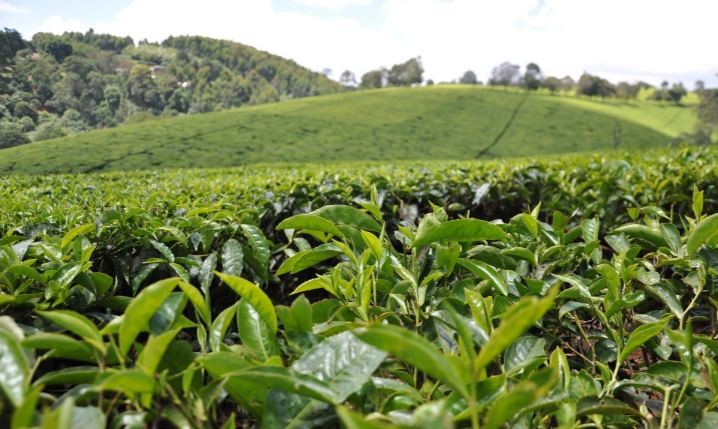 |
| Photo: Getty Image |
Kenya is the another expert in the field of tea plantation.It is still doing the researches to increase the rate of production.Not only increase in rate of production but also they are researching on which type is more applicable to their soil content and which can yield more. The government is giving a hand to support the farmers to grow tea.
Kenya claims the accolade of the world’s top black tea producing country, with teas grown in the Kericho region, the Nyambene Hills and Nandi.
Tea was first introduced to Kenya in 1903 by GWL Caine and fully commercialised by 1924 for Brooke Bond by Malcolm Bell who was sent out for that specific purpose.
2. India
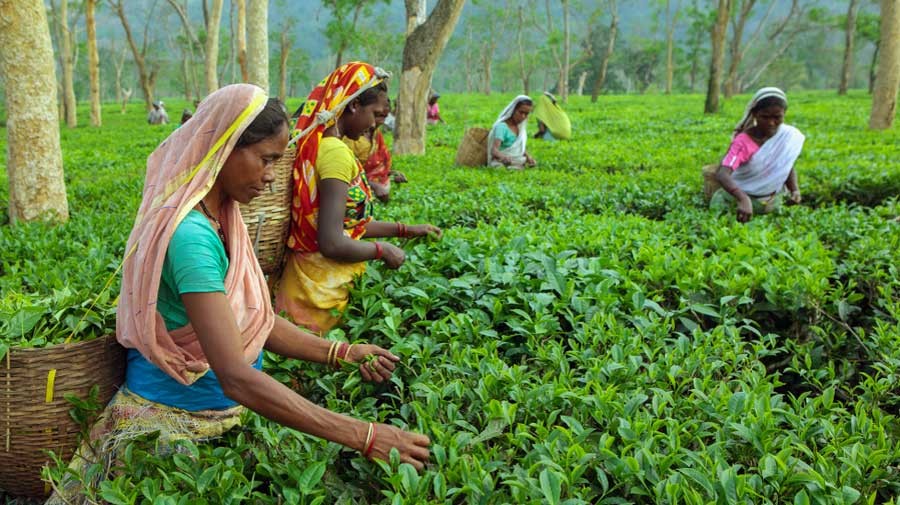 |
| Photo: Telegraph India |
India is one of the largest tea producers in the world, although over 70 per cent of its tea is consumed within India itself. A number of renowned teas, such as Assam and Darjeeling, also grow exclusively in India. The Indian tea industry has grown to own many global tea brands and has evolved into one of the most technologically equipped tea industries in the world. Tea production, certification, exportation, and all other facets of the tea trade in India are controlled by the Tea Board of India.
900,000 tonnes are produced in India annually making it the world’s second largest producer of tea with the crop being grown in bulk across Darjeeling, Nilgiri and Assam.
The crop was first introduced commercially by the British in 1824 to compete with neighbouring China’s tea production monopoly.
The venture worked. India was producing the most tea for over 100 years. However the number 1 on our list reclaimed its top spot in the world rankings at the turn of the 21st century.
1. China
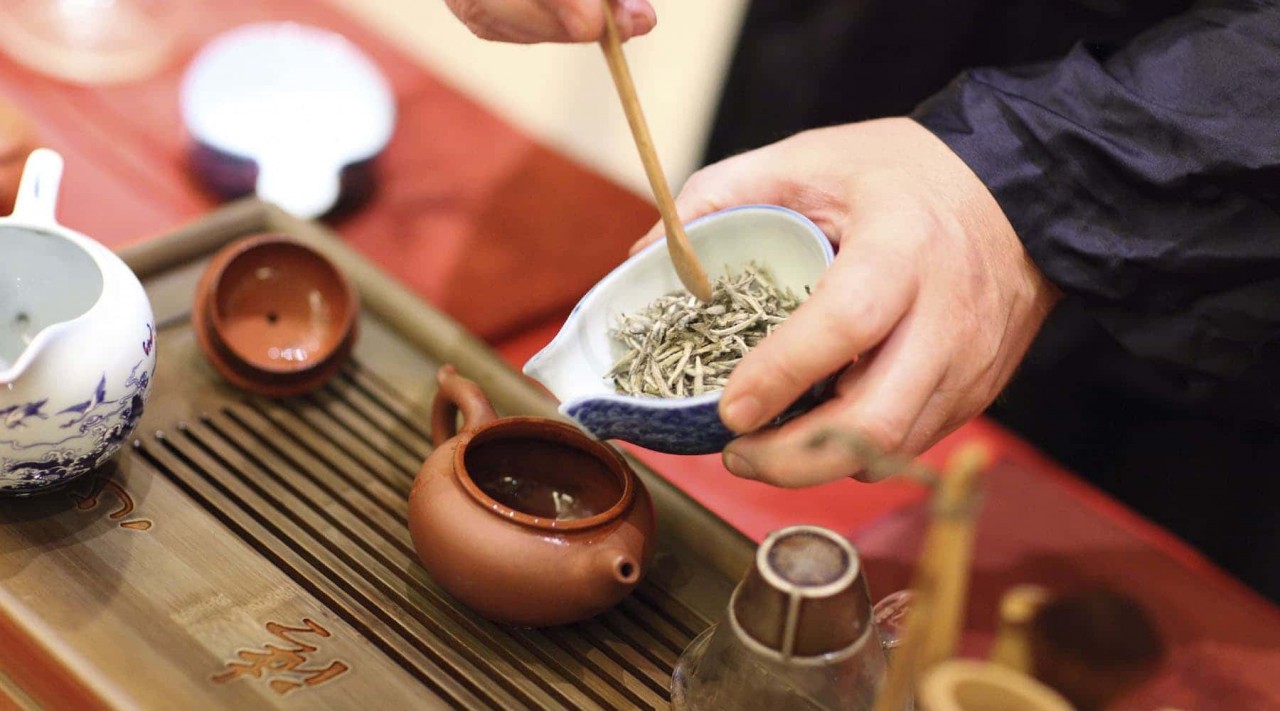 |
| Photo: Getty Images |
China is the country where the production is in the greater amounts.The reason is tea is one of the ancient cultural drink of the country and tea is produced by the country since many centuries or decades.In this country tea is believed both as a medicine and also one of the beverages.It is exported to many countries.These are the reasons for its number one position.
These are the countries which are in the top ten position in the production of tea which is used as the one of the beverages in the world. Now you know which is the best one.Hurry up and never forget to taste them.
China produces some 40% of the world’s tea weighing in at 2.4 million tonnes. It’s primarily grown in the provinces of Yunnan, Guangdong, and Zhejiang. While it’s the biggest exporter and grower of tea, China produces some of the best teas out there including Lapsang Souchong, Keemun and Green Gunpowder.
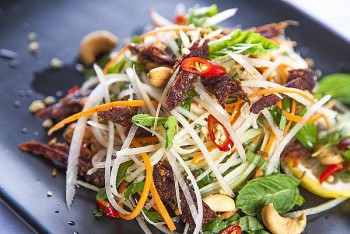 | Top 10 Most Popular Salads in the World Can Be Made at Home Salad Caprese, Oliver, Caesar, Som Tam (Gỏi đu đủ in Vietnam)... are salad appetizers that are loved by many around the world. |
 | Top 10 Most Famous Sports In The World The popularity of sports depends on many factors, one of which is the number of fans around the world. |
 | Top 10 Most Dangerous Sports Worldwide Sports may be a time of joy and pleasure, but accidents can occasionally happen. Even if you are not directly confronting your opponents, competition in ... |
Recommended
 Vietnamese Herbal Tea
Vietnamese Herbal Tea
Number One Affirms Energetic Spirit at "Enduring Passion" Award
 Vietnamese Herbal Tea
Vietnamese Herbal Tea
"Enduring Passion" Award Spreads Spirit of Perseverance and Dedication to Vietnam Youth
 Vietnamese Herbal Tea
Vietnamese Herbal Tea
“Enduring Passion” Award Review Process to be Completed by March 25
 Vietnamese Herbal Tea
Vietnamese Herbal Tea
"Ben Dam Me" Award: Encouragement from Number One
Popular article
 Vietnamese Herbal Tea
Vietnamese Herbal Tea
Drinking Zero Degree Green Tea, a Delivery Worker Wins VND 250 Million during Tet
 Vietnamese Herbal Tea
Vietnamese Herbal Tea
What to Expect at 30th Mai Vang Awards in 2024?
 Vietnamese Herbal Tea
Vietnamese Herbal Tea
Boost Your Productivity: Tips for a Productive End-of-Year
 Vietnamese Herbal Tea
Vietnamese Herbal Tea

